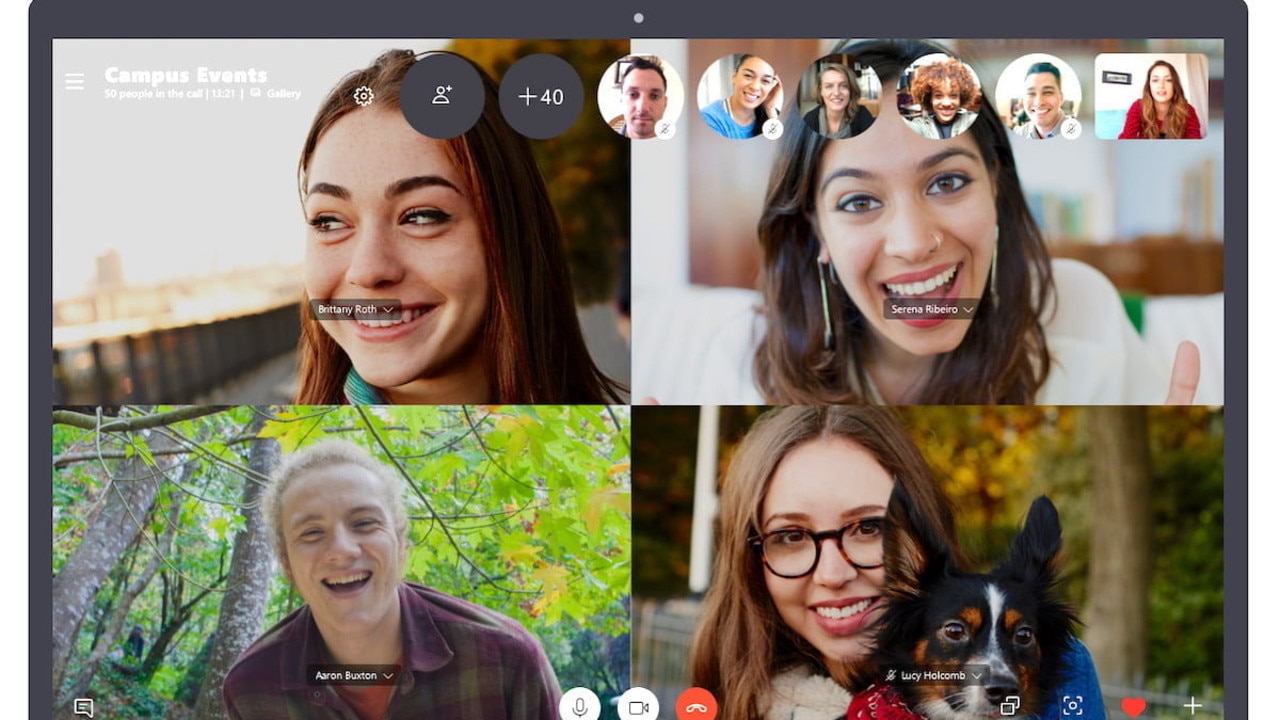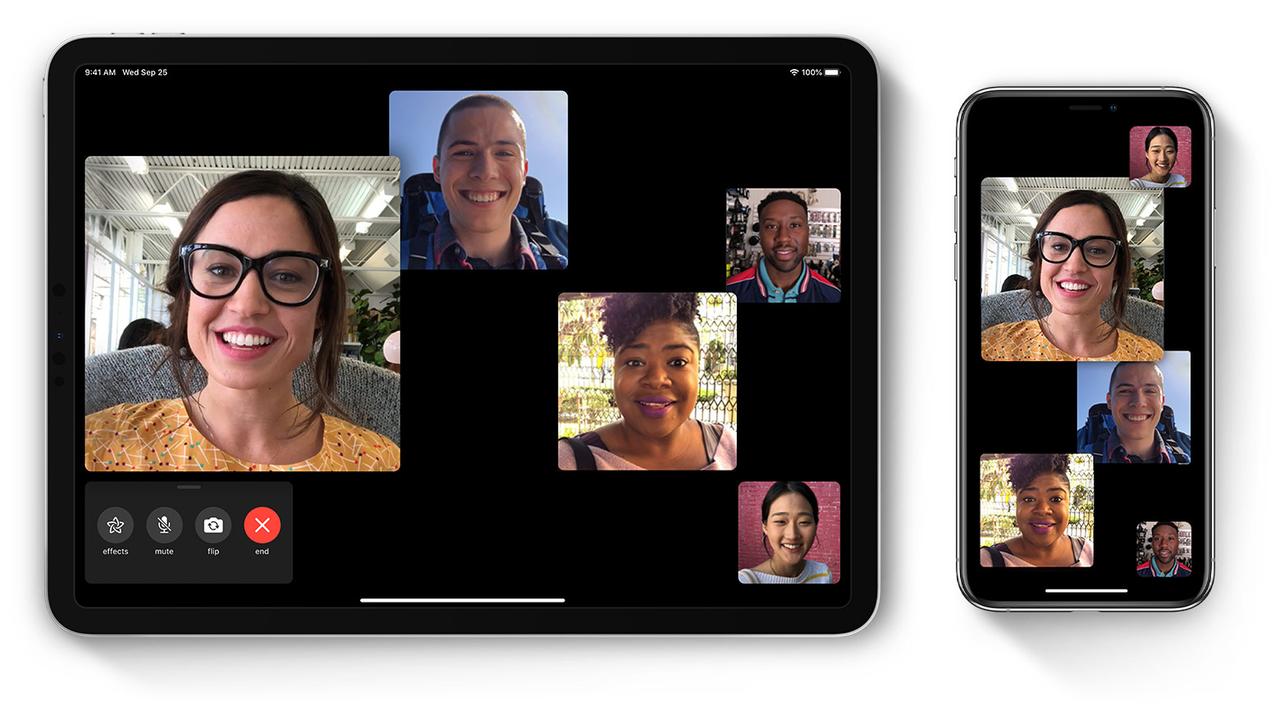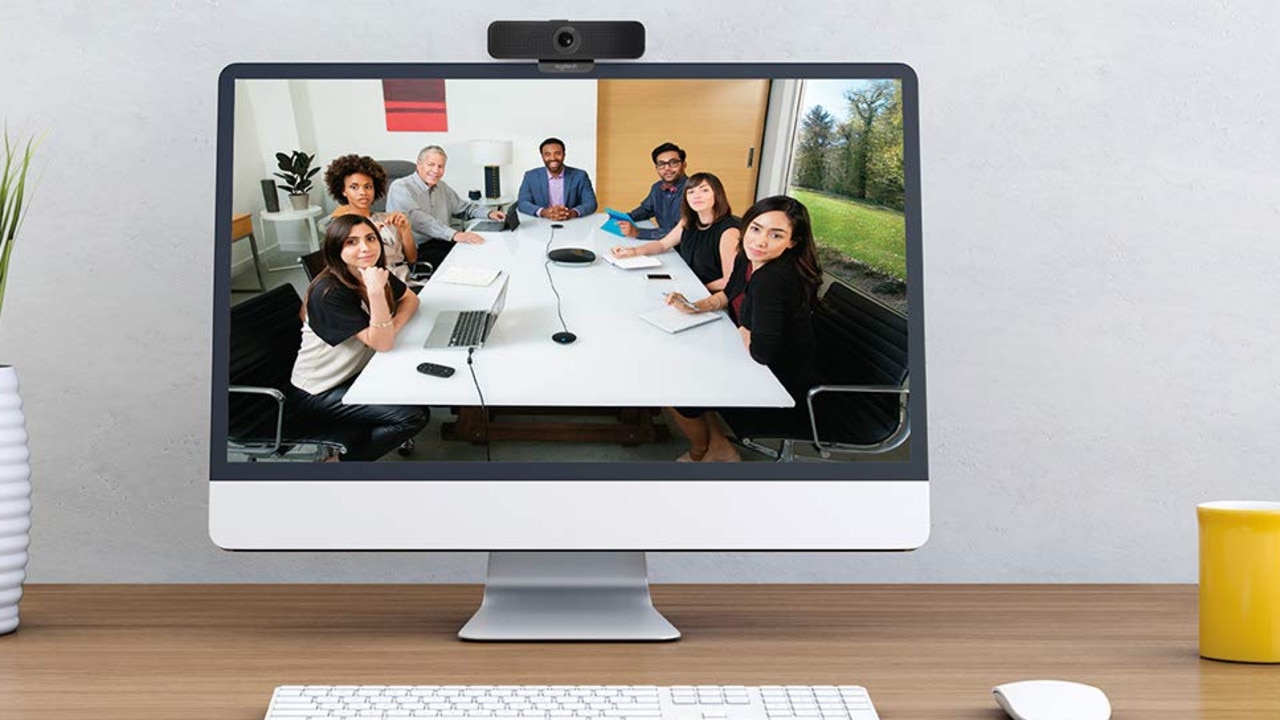Stuck in coronavirus quarantine? Here's how you can still make a meeting
As cases continue to spread the chance of catching coronavirus gets larger – here’s how you can stop a quarantine disrupting your life.
With the fear of contracting COVID-19 or if you’re in forced quarantine, you’ll be looking for ways to meet with friends, family, colleagues and customers in the safest way. The sheer thought of meeting up for coffee makes you weigh up the risks of being infected by those around you, the barista, the next table and so on. This doesn’t mean you need to lock yourself in a bomb shelter with all your toilet paper purchases.
ONE TO ONE
If a text message isn’t personal enough and a phone call isn’t visual enough, then get ready to use the cameras in all your devices. Applications like Skype, Facebook Messenger, WhatsApp and Google Duo enable free video calling between your contacts on any device. Whether you’re using a Windows or Apple based computer, an Android or iOS phone or tablet, they’re all able to communicate with one another using any of these applications. A recent meeting with a client became a virtual coffee whereby we agreed to sip our morning brew over a face-to-face video call. And whether you are using a 4G mobile connection or using Australia’s blessed internet, you’ll be surprised how well it can perform with enough detail to know whether they’re impressed with that business proposal or not.


GROUP CALLING
Many of the above listed applications will also support group video calling. This can bring families or groups of friends together on a single call. If you’ve just gotten engaged and want to announce it to many at the same time, this is a great way to capture all the surprised and hopefully happy faces.
If you own an Xbox One and still have that fairly useless Kinect accessory you can actually use Skype on your television. So if you’re at home with the family you can all join and connect with loved ones through your television from the couch. If you no longer have the Kinect then a USB webcam will also do the trick.

RUNNING BUSINESS MEETINGS
Sometimes a video link isn’t enough for a robust meeting to occur in business. Generally, at least a few slides in a PowerPoint need to be shown, maybe a spreadsheet and two instances of “if you aren’t speaking please mute your line”. For those in business not used to connecting to and presenting to clients or colleagues remotely, this isn’t as complicated as you may think.
Take a look at Zoom meetings, GoToMeeting, Microsoft Teams, Skype for Business and Zoho. Many have a free option, or at least a free trial. They will enable you to bring multiple parties together where you can communicate via text, voice and/or video but also share content. Content could be a proposal as slides or sharing your full desktop. Some are better suited to large meetings and even offer virtual breakout rooms. Many will also allow for virtual whiteboarding where everyone can contribute and brainstorm together and even document collaboration so you and colleagues can finalise that document despite all being locked in your rooms at home. Looking at Microsoft Teams, you’ll be glad to know that in video calls you can opt to blur your background so that dancing child and the minder isn’t seen when they stumble in.
RELATED: You can now run Android on an iPhone

Most of these services have a free option and premium based on how much it is being used or how many participants are required. The fees are generally only for hosts, so if you need 10 people to meet with you, you only pay for one membership as you’re the host, in the same way that you’d pay for the coffees if you invited them for an in person meeting.
THE TECHNOLOGY TO MAKE IT WORK
There are a number of products that can take these experiences from satisfactory to “why didn’t we do this before?”. From webcams to conferencing speakers, it doesn’t have to cost the earth but it could make a world of difference.
BE HEARD
One of the most important parts of any conversation is being able to clearly hear someone. You can handle a laggy or jittery image, but vocals are key. Most applications will prioritise voice over video but having the correct microphone will be key. The Jabra Evolve 20 or Sennheiser SC 40 will provide excellent clarity for you to be heard and for you to hear them. Averaging around $70 for these corded models. Stepping up above $100 however you’ll find wireless versions which can bluetooth to your computer AND smartphone for seamless communication wherever the calls come from. They feature a boom mic and an overhead band which will mess up your hair, just a little. For those looking to use a speakerphone for their calls, the Jabra Speak 510 or Plantronics Calisto are both great options for louder conferencing.
RELATED: ‘Unfixable’ problem with every PC

BE SEEN
Looking at webcams online you’ll be quickly confused as to which one will really do the job. Some have built-in microphones, which we don’t suggest using unless you must, and some can even virtually lock onto your face and follow you if you move about while talking. Consider spending around $180 here. The Logitech C922 or C925e will give the person on the receiving end an excellent view without washout, odd contrasts and better performance in low light. This is largely in comparison to the webcams that come standard in laptops today. They are plug and play and will work with all of the video conferencing/calling applications mentioned. If you are looking at the more premium end of town and perhaps creating a small meeting room then the Jabra Panacast or Logitech PTZ Pro 2 will be better suited. The Panacast has three cameras in the single unit which can capture more participants without you needing to huddle while the PTZ Pro 2 can turn and zoom to ensure you’re visible, wherever you position yourself.
BE SMOOTH
With all of the gadgets in the world at your disposal, bandwidth is your friend, or enemy. For a high quality video call one-on-one you’ll need at least 500 kbps download and upload speeds. Do a speed test online to learn whether your home internet is capable of this task. Group video calls don’t require a higher upload speed but for each participant gauge an extra 500 kbps download per attendee that you’re viewing. Whenever you are engaged in video meetings, close other browser tabs, ensure no cloud file transfers are occurring and pay attention to other things that could be happening at home like music streaming or Netflix playing, which all consumes precious bandwidth.
Geoff Quattromani is a tech commentator across radio, print, online and television. Check out his podcast “Technology Uncorked” for new information each week.



